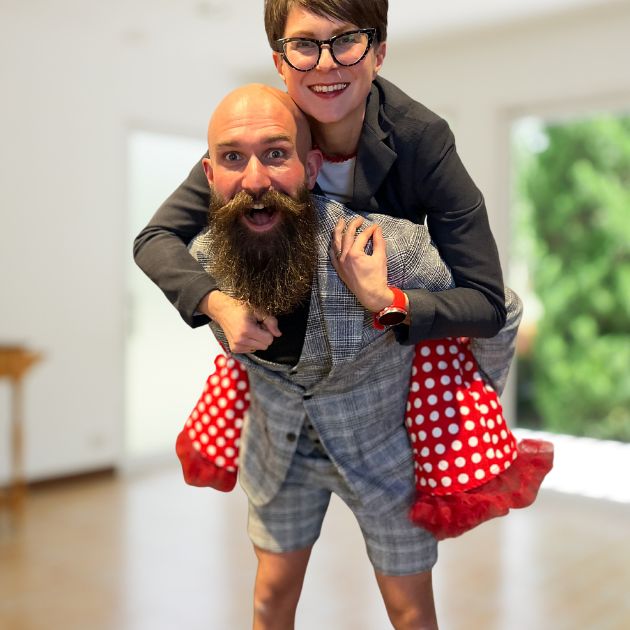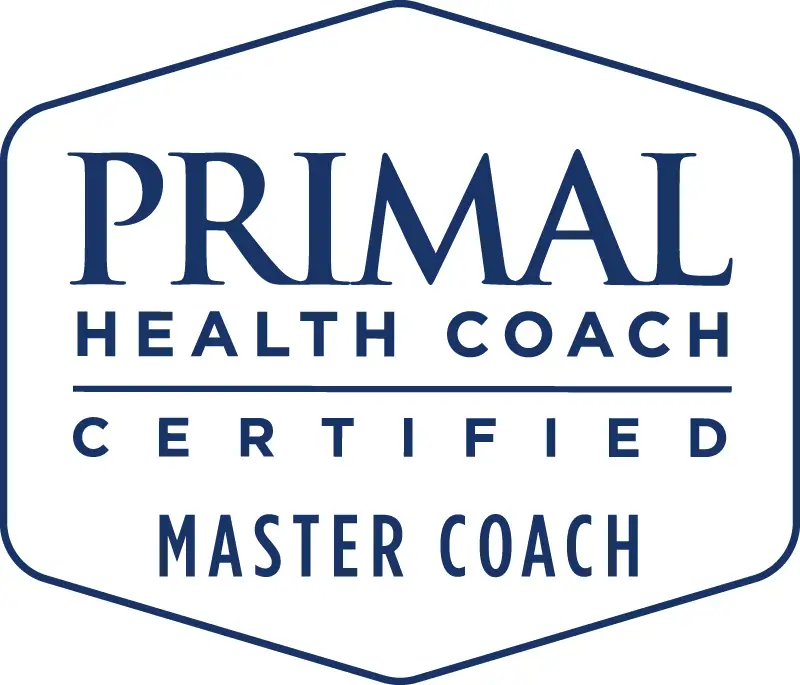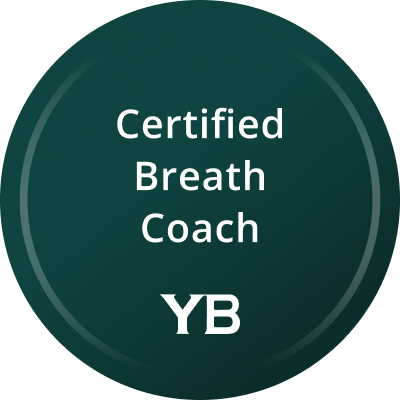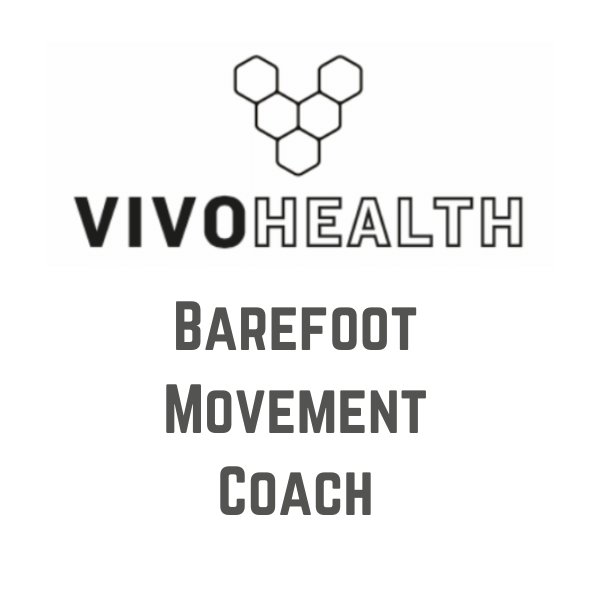Blog
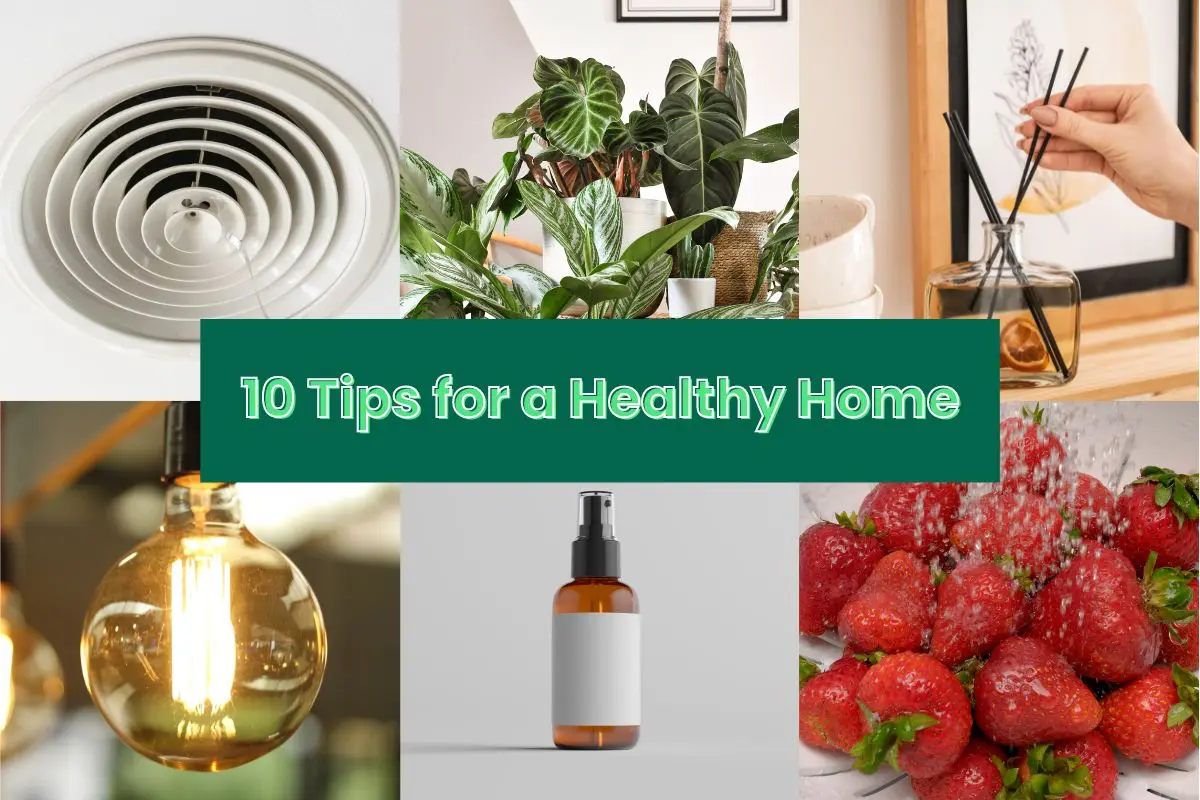
10 Tips for a Healthy Home
“Home isn't a place, it's a feeling .” - Cecelia Ahern
We spend 80-90% of our time indoors - at work, school, the supermarket - arguably, the car - and of course in our own homes. Our ancestors, on the other hand, would have spent most of their time outdoors and, come to think of it, even their indoors would have been rather outdoors, compared to our modern day arrangements. They would have been surrounded by nature, inhaling fresh air and looking to find water from pristine springs. We moderns now inhabit spaces that are chemically cleaned, mains water supplied and have air quality that is rarely a match for the tree filled forests that our DNA was crafted in, through years of evolution.
We can't easily control the factors that would influence our health in many of the indoor spaces of the modern world, but we can, with a bit of intentionality, curate a healthy home for ourselves and our family - leading to us feeling more healthy and more whole.
It would be impossible to cover everything you could be doing but below are 10 essential ingredients towards you crafting a healthy home environment. Each one of these ideas have been tried and tested in our own home and/or in the homes of clients.
1. House Plants
We evolved in the great outdoors, surrounded by plants soaking up CO2, putting out O2, seeding the air with leaf bacteria... you know... doing their plant thing!
It makes sense that we should still be around plants. You could commit to living outside full-time... or you could bring the outdoors... in!
The colour green is actually good for us; we've been wired, by evolution, to expect plenty of green in our lives. Green, generally, helps us to relax and feel more calm.
We've also evolved to be carers and caretakers of nature - houseplants are a great starting place for learning to take care of nature, with many of them not taking too much time or being massively fussy. This is a great way of teaching kids to care for nature... even big kids!
Coming back to plants 'doing their thing'. Plants, and their associated soil environments, filter air. How much use this is in a house vs a closed lab setting is debatable - but they maybe could and should be part of the solution for a more health-supportive home air environment. NASA recommend a houseplant for roughly every 9m2 - we're probably closer to a house plant per square metre... you know... just to be sure! If you struggle to keep house plants alive, try using an app like Picture This for guidance.
2. Lighting
Grab you phone, open the camera, go to slow motion and point your lens at the lights in your house. What can you see through your phone screen?
I'm hoping your response is - 'nothing'.
But, it may be that what you're seeing is a flickering image on the screen. This is showing you what's really going on with your light.
You might think this is not a big deal, but your subconscious is actually aware of this and is rather quite disturbed by this very quick on-off phenomenon.
Migraines, distraction, poor sleep, anxiety. Each of these may find, at least part, of their root cause in your flickery modern LED lighting!
'On-off-on-off' isn't the only worry when it comes to healthy lighting. We evolved with the light that the solar system provides; as well as our genius ancestors coming up with firelight for the evenings. So we had bright light during the day, made up of the full spectrum of light and particularly blue light and then transitioned into sunsets made of reds and oranges followed by the warm glow of a fire or candlelight.
Your home-lighting is in need of a makeover, in order to mimic this natural expectation. I love these bulbs from Block Blue Light, they are flicker free and can also be switched between full spectrum daylight bulbs, warm evening glow-lights and night-time red lights that are perfect just before bed or for night-time reading... or for use as a night light if you happen to need to get up in the night but want to get back off to sleep ASAP. They can easily replace most light bulbs you have in your home.
Welcome to the subliminal rave!
3. Cooking utensils
It's amazing how things can come full circle isn't it? Everyone used to use cast iron pans, enamelware and glass in the kitchen.
Then we moved toward the convenience of non stick teflon, plastics and other strange material hybrids made of unpronounceable chemical compounds. These might have made cooking slightly easier (though I'm not even sure of that), but they most certainly haven't made health easier...
So many of these products leak chemicals into our food, causing hormonal disruption, inflammation, energy dips, brain fog and play right monkey business with the individual cells of different bodily systems.
This is one you need to go full circle on. Head to a charity shop and pick up some 'golden-oldies' for the kitchen. Find materials great-grandma and great-grandpa would have been using. Can't find any bargains, head to Buy Me Once for some long lasting, top quality, toxin free kitchenware. I flippin' love our wrought iron pans that cook 95% of everything that goes through our kitchen. Plus they come with a multi-generational guarantee.
4. Cleaning products
Bicarb and vinegar... full circle...
This is another category where unpronounceable ingredients abound, which we clearly haven't evolved to live alongside. The products often labelled something like 'mould and mildew' should probably be labelled 'mould, mildew and lungs'.
Many of these products aren't needed when ventilation is good, spills are cleared up quickly, mess is at a minimum and you're not afraid of a little elbow grease.
Between vinegar, bicarbonate of soda, Castile soap (made from natural veg fat - which is much better for cleaning with than cooking with!) and some essential oils, I don't feel we're lacking cleaning power in our house. We do keep some Milton in for times when we need to be able to guarantee sterilisation, but this gets used once in a blue moon!
5. Get your ventilation right
One of the biggest drawbacks to our indoor lifestyle is that we're not getting fresh air. Unless you live in Athens, the air quality inside is much poorer than the average spot outside around Europe (I say average because I'm pretty sure that being stood on the M6 somewhere between junction 10 and 6 would be a fairly horrific air quality experience).
When we don't get ventilation right, it leads to us potentially breathing in lots of chemicals (see below) cooking by-products, dust, pet dander and... you get the picture. On top of these, the big issue when it comes to health is mould. Mould can be a killer. Sure, it's a slow one, but left untreated it really can be deadly. Mould can cause respiratory symptoms like having a cold or flu, cause other inflammatory responses and a number of scientists speculate that it could also be triggering or exacerbating auto-immune conditions in pre-disposed individuals (time and research will tell).
Ventilation is the primary mode of attack when it comes to mould as it helps dissipate moisture buildup and allows airflow that brings in fresh air containing other microbes that actually attack or counterbalance mould spores.
Now, you could just leave windows open here and there (particularly after showering or cooking) but you'd potentially lose a lot of heat (certainly here in the UK). A step up would be extractor fans in your humid kitchen and bathroom with backdraft prevention to stop cold air coming in; or at least that's the idea - we've tried these in two homes and they definitely did not work. Several clients have opted for HEPA air filters like the offering from Levoit or Conway along with humidity controlled dehumidifiers, to great effect on their respiratory symptoms, but these are often big energy hogs.
What we eventually settled on was a whole home solution called mechanical ventilation with heat recovery (MVHR) system. This low-energy system removes stale and humid air from our kitchen and bathrooms whilst bringing in highly filtered fresh air from outside. The twist is that 96% of the heat energy from the air leaving is transferred to the air coming in. The system auto adjusts to provide humidified or dehumidified air as appropriate. This keeps our ventilation in tip top shape and the indoor air quality is noticeably amazing - the difference in our bedroom the morning after a curry is astounding (you're welcome).
Whichever solution you settle on, make sure you give this some attention - let me know if you'd like to know more about who we used for this installation (as there are a number of cowboys out there!)
6. Water filtration
Most of us are connected to mains water which is, in many ways, a life saver. I'm grateful that I can turn on a tap and get instantly hydrated. That said, our water quality is beginning to become more dubious. There are serious questions being raised around agricultural fertilisers, hormone therapies and disinfection byproducts making it into our drinking water and having a negative effect on our health.
To remedy this I recommend getting hold of a robust water filter - not a jug that lives on the side - through these are a step in the right direction. I'm talking about a chunky carbon block filter that you can trust to filter out all of the above nasties. There are countertop options as well as plumbed-in options providing you with a separate drinking water tap right next to your sink. This will be one of our next priorities.
7. Furniture and fabrics 'off-gassing'
What the heck is 'off-gassing'. I guess no one could come up with a better verb for when something releases gas? I would have called it parfaffalating - but no one asked...
You know that new upholstery smell?
Yup, that's a material 'off-gassing' and filling your home with volatile organic compounds (VOCs) that your body has little mechanism for dealing with. These gasses also point to the fact that the chemicals present are also making it into your blood stream through contact with your skin - doesn't that sound fun? This is especially found on materials with fire retardant coatings which are mandated by law on products that are not naturally fire retardant.
You know what I'm gonna say right?
Opt for naturally fire retardant organic upholstery and furnishings that aren't going to off-gas.
If you can't do that, first leave any new products outside or in the garage for a while to allow the first gusts of gas to... off. Then on top of that, see tip number 1.
If you're after some good finds on this front check out BuyMeOnce for ranges of organic bedding and furnishings and if you're fun, like me, get yourself a play sofa from little imagineers (use code: EXPECTING for a discount) where the fire retardant is tucked away inside, away from your kids' skin, away from your big-kid skin and keeping the gasses from so easily... offing... ... parfaffalating! We have also opted to sleep on a Little Imagineers play sofa. Purchasing the right combination makes a fantastically comfy king size bed.
8. Natural scents and smells
Taking it up a notch from the last point - here we're talking about the things we intentionally bring into our homes to make it smell 'nice'.
Here I'm strongly encouraging you to ditch plug in air fresheners, toilet freshening blocks, scented candles made from anything but beeswax or shea butter or anything else that sounds like you might be able to eat it.
Again these are made from compounds that are foreign to your body. We used to burn scented candles nearly every day and loved them. Since transitioning to a more ancestrally aligned lifestyle, whenever we now catch a whiff of a scented candle we want to puke!
Since then we've discovered the joy of essential oils, extracted from fruits, herbs, spices and resins, all of which our human DNA evolved alongside and is expecting to encounter. Making essential oil room sprays and diffusions is a lot of fun and each scent and combination of scents can be used to set a certain mood or even be used therapeutically. N.B. get a good book to teach you how to use these safely and effectively; here's one we're fond of using.
9. Declutter every so often
Clutter goes two ways. We don't feel good = we accumulate clutter. We accumulate clutter = we don't feel good. A cluttered environment is often a sign of poor mental health and a cluttered environment can have a serious negative impact on mental health - I know that I do not do well when the house is not well organised - * cough cough, wife and daughter *.
Clutter is also an expert at gathering dust, hosting mould and hiding other pathogens and nasties that wouldn't hang around so well in nature.
Alongside regular tidying and making sure everything has a home, a proper seasonal declutter is a great idea; especially in a world where we continue to accumulate, accumulate, accumulate. So, perhaps better still, stop buying things that aren't absolutely necessary.
We now have a loose rule in our house... if something new comes in, something similar has got to go. This becomes a bit of a litmus test for whether the new thing is really needed (and is most certainly not an excuse to buy frivolously and throw away frivolously too - please don't fall into that trap). A couple of great resources here are Joshua Becker's 'Becoming Minimalist' and Tara Button's 'A Life Less Throw Away'.
10. What's on the food (that's in your house)?
This is a biiiiiig topic and this has already been a long blog so I won't go into detail. Suffice to say that everything in our environment can have an effect on our epigenetic makeup (the expression of different genes at different times).
Food is the environment that we take from around ourselves and put inside ourselves - this will always have the biggest effect on our health - always.
Hopefully you know where I'm going here. Buy the best food your budget allows for. Regenerative. Organic. Home Grown.
Stay away from factory farmed, GMO, artificially fertilised, pesticide soaked 'poison food' as much as possible. The worst offenders, where organic should be prioritised, are The Dirty Dozen (UK version - updated yearly) and the ones where you can afford to be less picky are The Clean 15 (also updated annually - but only available for the USA right now).
When it comes to meat, you also want to shoot top draw and go for something like Primal Meats. These are not only superior when it comes to nutrition, but also the highest welfare for the animals and the highest net gain for biodiversity and the environment. They're locking more carbon into the ground than they are emitting.
Go Create Your Healthy Home
Health and wellness don't happen over night; they are the result of a well crafted lifestyle that starts in the home. The above list is nowhere near exhaustive and might not even be the right list for you - you may well add, take away and swap ideas in or out or tweak them to your own likes and circumstances. Perhaps the most important thing here is mindfulness... being intentional about a healthy home curation... being proactive rather than reactive.
As usual if I (or we) can help in any way please do reach out!
Most of the changes we need to make, we know we need to make. The difficulty comes in actually making those changes and getting them to 'stick' long-term. That's where a coach comes in.
Jake Mahal is a Primal Health Coach & Habit Change Expert here to guide you toward great health for you and your family. Book a free People and Planet Health Strategy Call today to see which Whole Life Health programme is right for your family and start your journey towards habitual hopeful living.

10 Tips for a Healthy Home
“Home isn't a place, it's a feeling .” - Cecelia Ahern
We spend 80-90% of our time indoors - at work, school, the supermarket - arguably, the car - and of course in our own homes. Our ancestors, on the other hand, would have spent most of their time outdoors and, come to think of it, even their indoors would have been rather outdoors, compared to our modern day arrangements. They would have been surrounded by nature, inhaling fresh air and looking to find water from pristine springs. We moderns now inhabit spaces that are chemically cleaned, mains water supplied and have air quality that is rarely a match for the tree filled forests that our DNA was crafted in, through years of evolution.
We can't easily control the factors that would influence our health in many of the indoor spaces of the modern world, but we can, with a bit of intentionality, curate a healthy home for ourselves and our family - leading to us feeling more healthy and more whole.
It would be impossible to cover everything you could be doing but below are 10 essential ingredients towards you crafting a healthy home environment. Each one of these ideas have been tried and tested in our own home and/or in the homes of clients.
1. House Plants
We evolved in the great outdoors, surrounded by plants soaking up CO2, putting out O2, seeding the air with leaf bacteria... you know... doing their plant thing!
It makes sense that we should still be around plants. You could commit to living outside full-time... or you could bring the outdoors... in!
The colour green is actually good for us; we've been wired, by evolution, to expect plenty of green in our lives. Green, generally, helps us to relax and feel more calm.
We've also evolved to be carers and caretakers of nature - houseplants are a great starting place for learning to take care of nature, with many of them not taking too much time or being massively fussy. This is a great way of teaching kids to care for nature... even big kids!
Coming back to plants 'doing their thing'. Plants, and their associated soil environments, filter air. How much use this is in a house vs a closed lab setting is debatable - but they maybe could and should be part of the solution for a more health-supportive home air environment. NASA recommend a houseplant for roughly every 9m2 - we're probably closer to a house plant per square metre... you know... just to be sure! If you struggle to keep house plants alive, try using an app like Picture This for guidance.
2. Lighting
Grab you phone, open the camera, go to slow motion and point your lens at the lights in your house. What can you see through your phone screen?
I'm hoping your response is - 'nothing'.
But, it may be that what you're seeing is a flickering image on the screen. This is showing you what's really going on with your light.
You might think this is not a big deal, but your subconscious is actually aware of this and is rather quite disturbed by this very quick on-off phenomenon.
Migraines, distraction, poor sleep, anxiety. Each of these may find, at least part, of their root cause in your flickery modern LED lighting!
'On-off-on-off' isn't the only worry when it comes to healthy lighting. We evolved with the light that the solar system provides; as well as our genius ancestors coming up with firelight for the evenings. So we had bright light during the day, made up of the full spectrum of light and particularly blue light and then transitioned into sunsets made of reds and oranges followed by the warm glow of a fire or candlelight.
Your home-lighting is in need of a makeover, in order to mimic this natural expectation. I love these bulbs from Block Blue Light, they are flicker free and can also be switched between full spectrum daylight bulbs, warm evening glow-lights and night-time red lights that are perfect just before bed or for night-time reading... or for use as a night light if you happen to need to get up in the night but want to get back off to sleep ASAP. They can easily replace most light bulbs you have in your home.
Welcome to the subliminal rave!
3. Cooking utensils
It's amazing how things can come full circle isn't it? Everyone used to use cast iron pans, enamelware and glass in the kitchen.
Then we moved toward the convenience of non stick teflon, plastics and other strange material hybrids made of unpronounceable chemical compounds. These might have made cooking slightly easier (though I'm not even sure of that), but they most certainly haven't made health easier...
So many of these products leak chemicals into our food, causing hormonal disruption, inflammation, energy dips, brain fog and play right monkey business with the individual cells of different bodily systems.
This is one you need to go full circle on. Head to a charity shop and pick up some 'golden-oldies' for the kitchen. Find materials great-grandma and great-grandpa would have been using. Can't find any bargains, head to Buy Me Once for some long lasting, top quality, toxin free kitchenware. I flippin' love our wrought iron pans that cook 95% of everything that goes through our kitchen. Plus they come with a multi-generational guarantee.
4. Cleaning products
Bicarb and vinegar... full circle...
This is another category where unpronounceable ingredients abound, which we clearly haven't evolved to live alongside. The products often labelled something like 'mould and mildew' should probably be labelled 'mould, mildew and lungs'.
Many of these products aren't needed when ventilation is good, spills are cleared up quickly, mess is at a minimum and you're not afraid of a little elbow grease.
Between vinegar, bicarbonate of soda, Castile soap (made from natural veg fat - which is much better for cleaning with than cooking with!) and some essential oils, I don't feel we're lacking cleaning power in our house. We do keep some Milton in for times when we need to be able to guarantee sterilisation, but this gets used once in a blue moon!
5. Get your ventilation right
One of the biggest drawbacks to our indoor lifestyle is that we're not getting fresh air. Unless you live in Athens, the air quality inside is much poorer than the average spot outside around Europe (I say average because I'm pretty sure that being stood on the M6 somewhere between junction 10 and 6 would be a fairly horrific air quality experience).
When we don't get ventilation right, it leads to us potentially breathing in lots of chemicals (see below) cooking by-products, dust, pet dander and... you get the picture. On top of these, the big issue when it comes to health is mould. Mould can be a killer. Sure, it's a slow one, but left untreated it really can be deadly. Mould can cause respiratory symptoms like having a cold or flu, cause other inflammatory responses and a number of scientists speculate that it could also be triggering or exacerbating auto-immune conditions in pre-disposed individuals (time and research will tell).
Ventilation is the primary mode of attack when it comes to mould as it helps dissipate moisture buildup and allows airflow that brings in fresh air containing other microbes that actually attack or counterbalance mould spores.
Now, you could just leave windows open here and there (particularly after showering or cooking) but you'd potentially lose a lot of heat (certainly here in the UK). A step up would be extractor fans in your humid kitchen and bathroom with backdraft prevention to stop cold air coming in; or at least that's the idea - we've tried these in two homes and they definitely did not work. Several clients have opted for HEPA air filters like the offering from Levoit or Conway along with humidity controlled dehumidifiers, to great effect on their respiratory symptoms, but these are often big energy hogs.
What we eventually settled on was a whole home solution called mechanical ventilation with heat recovery (MVHR) system. This low-energy system removes stale and humid air from our kitchen and bathrooms whilst bringing in highly filtered fresh air from outside. The twist is that 96% of the heat energy from the air leaving is transferred to the air coming in. The system auto adjusts to provide humidified or dehumidified air as appropriate. This keeps our ventilation in tip top shape and the indoor air quality is noticeably amazing - the difference in our bedroom the morning after a curry is astounding (you're welcome).
Whichever solution you settle on, make sure you give this some attention - let me know if you'd like to know more about who we used for this installation (as there are a number of cowboys out there!)
6. Water filtration
Most of us are connected to mains water which is, in many ways, a life saver. I'm grateful that I can turn on a tap and get instantly hydrated. That said, our water quality is beginning to become more dubious. There are serious questions being raised around agricultural fertilisers, hormone therapies and disinfection byproducts making it into our drinking water and having a negative effect on our health.
To remedy this I recommend getting hold of a robust water filter - not a jug that lives on the side - through these are a step in the right direction. I'm talking about a chunky carbon block filter that you can trust to filter out all of the above nasties. There are countertop options as well as plumbed-in options providing you with a separate drinking water tap right next to your sink. This will be one of our next priorities.
7. Furniture and fabrics 'off-gassing'
What the heck is 'off-gassing'. I guess no one could come up with a better verb for when something releases gas? I would have called it parfaffalating - but no one asked...
You know that new upholstery smell?
Yup, that's a material 'off-gassing' and filling your home with volatile organic compounds (VOCs) that your body has little mechanism for dealing with. These gasses also point to the fact that the chemicals present are also making it into your blood stream through contact with your skin - doesn't that sound fun? This is especially found on materials with fire retardant coatings which are mandated by law on products that are not naturally fire retardant.
You know what I'm gonna say right?
Opt for naturally fire retardant organic upholstery and furnishings that aren't going to off-gas.
If you can't do that, first leave any new products outside or in the garage for a while to allow the first gusts of gas to... off. Then on top of that, see tip number 1.
If you're after some good finds on this front check out BuyMeOnce for ranges of organic bedding and furnishings and if you're fun, like me, get yourself a play sofa from little imagineers (use code: EXPECTING for a discount) where the fire retardant is tucked away inside, away from your kids' skin, away from your big-kid skin and keeping the gasses from so easily... offing... ... parfaffalating! We have also opted to sleep on a Little Imagineers play sofa. Purchasing the right combination makes a fantastically comfy king size bed.
8. Natural scents and smells
Taking it up a notch from the last point - here we're talking about the things we intentionally bring into our homes to make it smell 'nice'.
Here I'm strongly encouraging you to ditch plug in air fresheners, toilet freshening blocks, scented candles made from anything but beeswax or shea butter or anything else that sounds like you might be able to eat it.
Again these are made from compounds that are foreign to your body. We used to burn scented candles nearly every day and loved them. Since transitioning to a more ancestrally aligned lifestyle, whenever we now catch a whiff of a scented candle we want to puke!
Since then we've discovered the joy of essential oils, extracted from fruits, herbs, spices and resins, all of which our human DNA evolved alongside and is expecting to encounter. Making essential oil room sprays and diffusions is a lot of fun and each scent and combination of scents can be used to set a certain mood or even be used therapeutically. N.B. get a good book to teach you how to use these safely and effectively; here's one we're fond of using.
9. Declutter every so often
Clutter goes two ways. We don't feel good = we accumulate clutter. We accumulate clutter = we don't feel good. A cluttered environment is often a sign of poor mental health and a cluttered environment can have a serious negative impact on mental health - I know that I do not do well when the house is not well organised - * cough cough, wife and daughter *.
Clutter is also an expert at gathering dust, hosting mould and hiding other pathogens and nasties that wouldn't hang around so well in nature.
Alongside regular tidying and making sure everything has a home, a proper seasonal declutter is a great idea; especially in a world where we continue to accumulate, accumulate, accumulate. So, perhaps better still, stop buying things that aren't absolutely necessary.
We now have a loose rule in our house... if something new comes in, something similar has got to go. This becomes a bit of a litmus test for whether the new thing is really needed (and is most certainly not an excuse to buy frivolously and throw away frivolously too - please don't fall into that trap). A couple of great resources here are Joshua Becker's 'Becoming Minimalist' and Tara Button's 'A Life Less Throw Away'.
10. What's on the food (that's in your house)?
This is a biiiiiig topic and this has already been a long blog so I won't go into detail. Suffice to say that everything in our environment can have an effect on our epigenetic makeup (the expression of different genes at different times).
Food is the environment that we take from around ourselves and put inside ourselves - this will always have the biggest effect on our health - always.
Hopefully you know where I'm going here. Buy the best food your budget allows for. Regenerative. Organic. Home Grown.
Stay away from factory farmed, GMO, artificially fertilised, pesticide soaked 'poison food' as much as possible. The worst offenders, where organic should be prioritised, are The Dirty Dozen (UK version - updated yearly) and the ones where you can afford to be less picky are The Clean 15 (also updated annually - but only available for the USA right now).
When it comes to meat, you also want to shoot top draw and go for something like Primal Meats. These are not only superior when it comes to nutrition, but also the highest welfare for the animals and the highest net gain for biodiversity and the environment. They're locking more carbon into the ground than they are emitting.
Go Create Your Healthy Home
Health and wellness don't happen over night; they are the result of a well crafted lifestyle that starts in the home. The above list is nowhere near exhaustive and might not even be the right list for you - you may well add, take away and swap ideas in or out or tweak them to your own likes and circumstances. Perhaps the most important thing here is mindfulness... being intentional about a healthy home curation... being proactive rather than reactive.
As usual if I (or we) can help in any way please do reach out!
Most of the changes we need to make, we know we need to make. The difficulty comes in actually making those changes and getting them to 'stick' long-term. That's where a coach comes in.
Jake Mahal is a Primal Health Coach & Habit Change Expert here to guide you toward great health for you and your family. Book a free People and Planet Health Strategy Call today to see which Whole Life Health programme is right for your family and start your journey towards habitual hopeful living.
© Whole Life Health 2024

